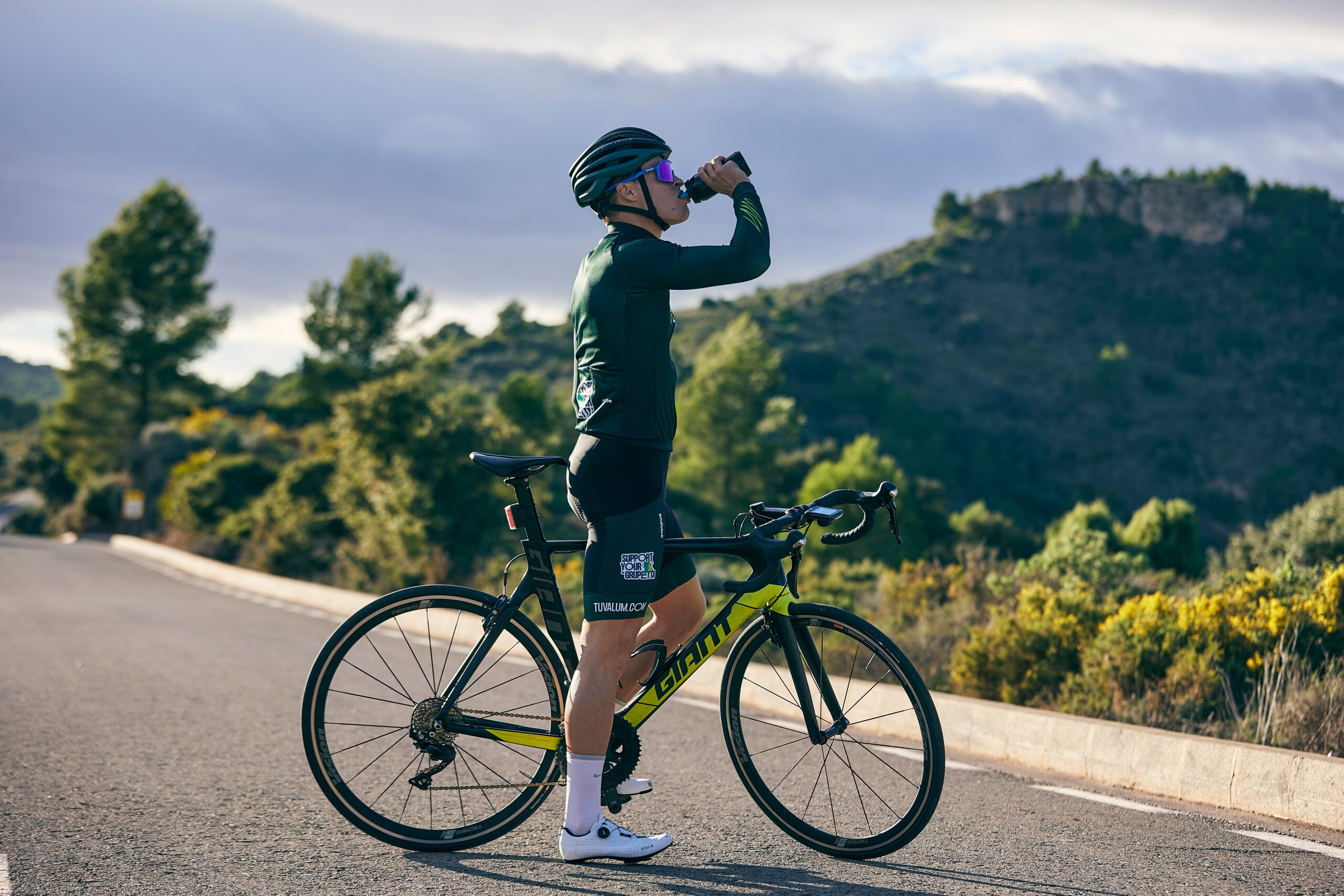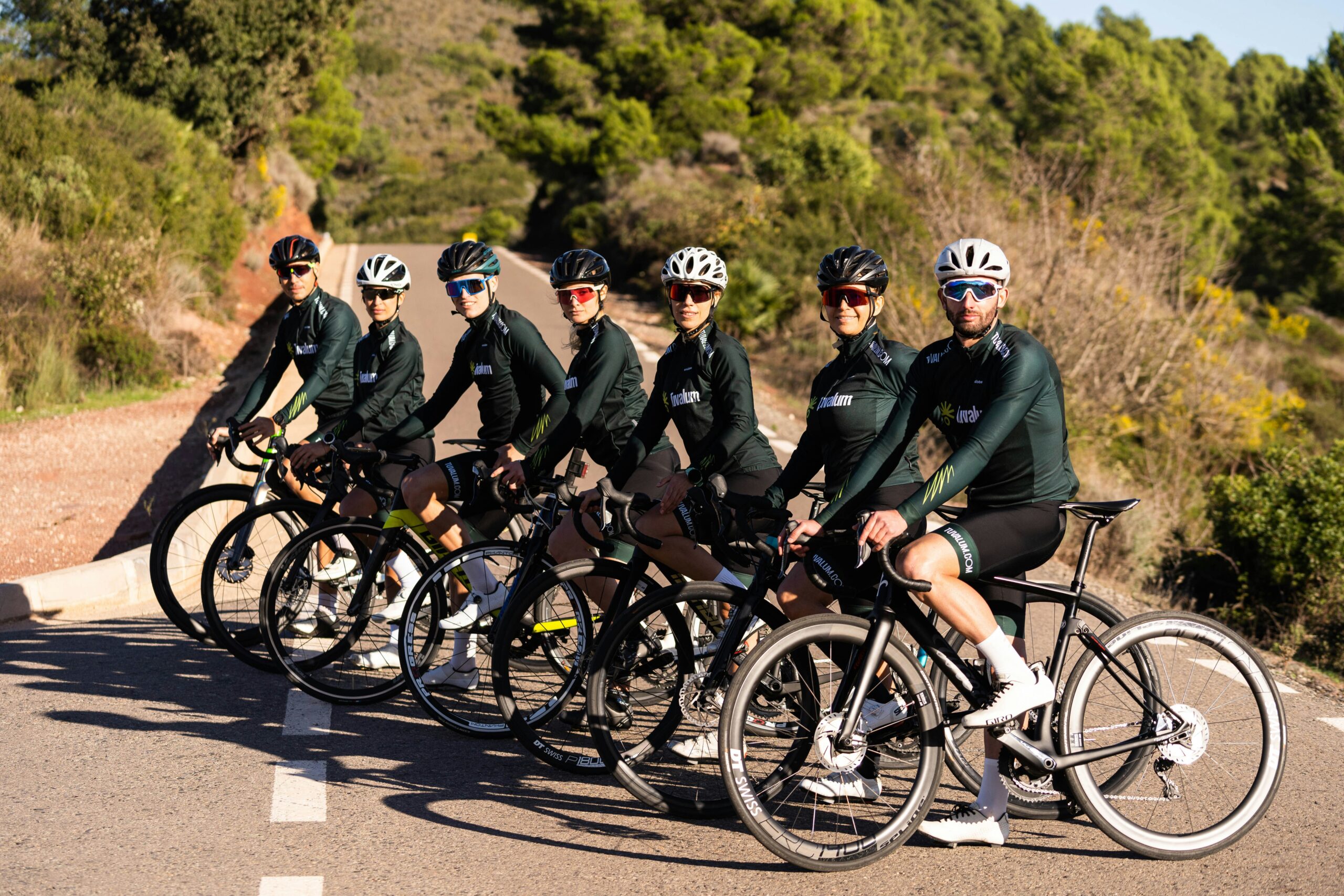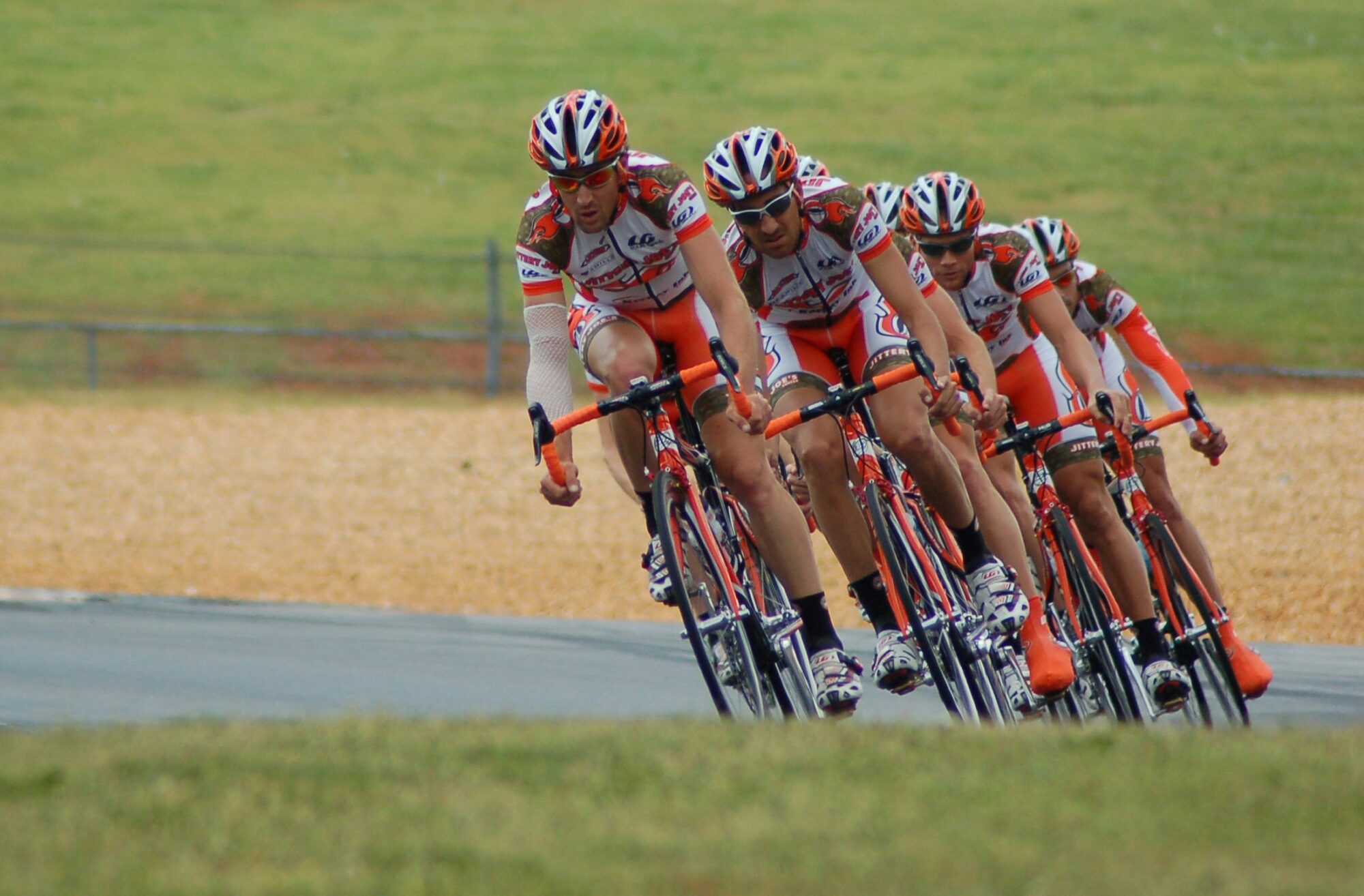The Evolution of Pro Cycling Kits
Pro cycling kits have come a long way from the basic woolen jerseys of the early 20th century. Today, they are the epitome of high-performance sportswear, designed to provide cyclists with the best in comfort, aerodynamics, and style. The evolution of these kits reflects advancements in technology and materials, as well as changes in the demands and preferences of professional cyclists.
In the past, cycling jerseys were primarily made of wool, which, while warm, was heavy and tended to retain moisture. As synthetic fabrics were developed, cycling kits began to incorporate materials like Lycra and polyester, which are lighter, more breathable, and quick-drying. These materials not only improve the cyclist’s comfort but also enhance performance by reducing wind resistance and improving aerodynamics.
Key Features of Modern Pro Cycling Kits
Modern cycling kits are packed with features designed to meet the rigorous demands of competitive cycling. One of the most important aspects is the fit. Professional cyclists require a second-skin fit to minimize air resistance and maximize efficiency. This is achieved through the use of stretchy, form-fitting fabrics and advanced patterning techniques. Ventilation is another critical feature. High-performance fabrics that wick moisture away from the body and allow for efficient airflow are essential, especially during long and intense rides.
Padding is also crucial, particularly in the bib shorts. High-quality chamois (padding) not only provides comfort during long rides but also reduces friction and prevents saddle sores. The placement and density of the padding are carefully designed to provide support where it’s needed most.
The Importance of Aerodynamics
Aerodynamics plays a significant role in the design of pro cycling kits. Reducing drag can make a substantial difference in a cyclist’s performance, particularly in time trials and sprints. As a result, manufacturers invest heavily in wind tunnel testing and computational fluid dynamics (CFD) to optimize the aerodynamic properties of their kits.
Every element of a cycling kit, from the fabric texture to the placement of seams, is scrutinized to minimize air resistance. Some kits even incorporate dimpled fabrics, similar to those used on golf balls, to reduce drag further. The goal is to create a kit that slices through the air with minimal turbulence, allowing the cyclist to maintain higher speeds with less effort.
Customization and Personalization
Customization and personalization have become increasingly important in the world of pro cycling kits. Professional teams and individual riders often have specific requirements and preferences, which manufacturers strive to accommodate. This includes custom colors, logos, and sponsor placements, as well as tailored fits and unique design features.
The rise of custom kits has also extended to amateur and recreational cyclists. Many companies now offer custom design services, allowing clubs and individuals to create their own unique kits. This trend has been fueled by advances in digital printing technology, which makes it easier and more affordable to produce small batches of custom-designed clothing.
The Role of Technology in Design and Production

Technology plays a pivotal role in the design and production of modern pro cycling kits. From advanced materials to sophisticated manufacturing techniques, every aspect of a cycling kit is influenced by technological innovation.
One of the key technological advancements is the use of 3D body scanning and modeling. This allows manufacturers to create kits that are precisely tailored to the cyclist’s body shape, ensuring a perfect fit. 3D printing is also being used to create custom components, such as aerodynamic helmets and shoe covers, further enhancing performance.
In addition to design and production, technology is also used in the testing and refinement of cycling kits. Wind tunnel testing, as mentioned earlier, is crucial for optimizing aerodynamics. Wearable technology, such as smart fabrics and sensors, is also being integrated into some high-end kits to monitor performance and provide real-time feedback to the rider.
The Influence of Fashion and Style
While performance is paramount, fashion and style are also important considerations in the world of pro cycling kits. Cyclists, both professional and amateur, want to look good while riding, and manufacturers are keen to cater to this demand.
The design of cycling kits has become increasingly influenced by fashion trends, with bold colors, striking patterns, and innovative graphics becoming more common. Collaborations between cycling apparel brands and fashion designers have also led to the creation of limited-edition kits that combine performance with high fashion. In addition to aesthetics, fashion influences can also be seen in the fit and cut of cycling clothing. The trend towards more fitted, streamlined silhouettes reflects broader fashion trends towards athletic and body-conscious styles.
Sustainability and Ethical Considerations
As with many industries, sustainability and ethical considerations are becoming increasingly important in the production of pro cycling kits. Consumers are becoming more aware of the environmental impact of their purchases and are demanding more sustainable and ethically produced products.
Many cycling apparel brands are responding to this demand by using recycled materials and environmentally friendly production processes. For example, some companies are using recycled polyester made from plastic bottles to create their fabrics. Others are implementing more sustainable dyeing and printing techniques to reduce water and chemical usage.
In addition to environmental considerations, ethical labor practices are also a concern. Many brands are committed to ensuring that their products are made in factories that provide fair wages and safe working conditions for their employees.
The Market for Pro Cycling Kits

The market for pro cycling kits is diverse and dynamic, with a wide range of products available to suit different needs and budgets. At the high end, professional teams and serious amateur cyclists invest in top-of-the-line kits that offer the best in performance and technology. These premium kits can be quite expensive, but they are often seen as a worthwhile investment for those who are serious about their cycling.
At the other end of the spectrum, there are more affordable options available for recreational cyclists and those who are new to the sport. These kits may not have all the advanced features of the high-end models, but they still offer good performance and comfort.
The rise of online shopping has also had a significant impact on the market for pro cycling kits. Cyclists now have access to a wider range of products than ever before, with the ability to compare prices and read reviews from other customers. This has made it easier for consumers to find the best kit for their needs and budget.
Conclusion
The world of pro cycling kits is a fascinating blend of performance, technology, fashion, and sustainability. From the early days of woolen jerseys to the advanced, high-tech kits of today, the evolution of cycling apparel reflects the ever-changing demands and preferences of cyclists. Whether you’re a professional rider or a casual enthusiast, there’s a cycling kit out there that can help you ride faster, more comfortably, and in style.

